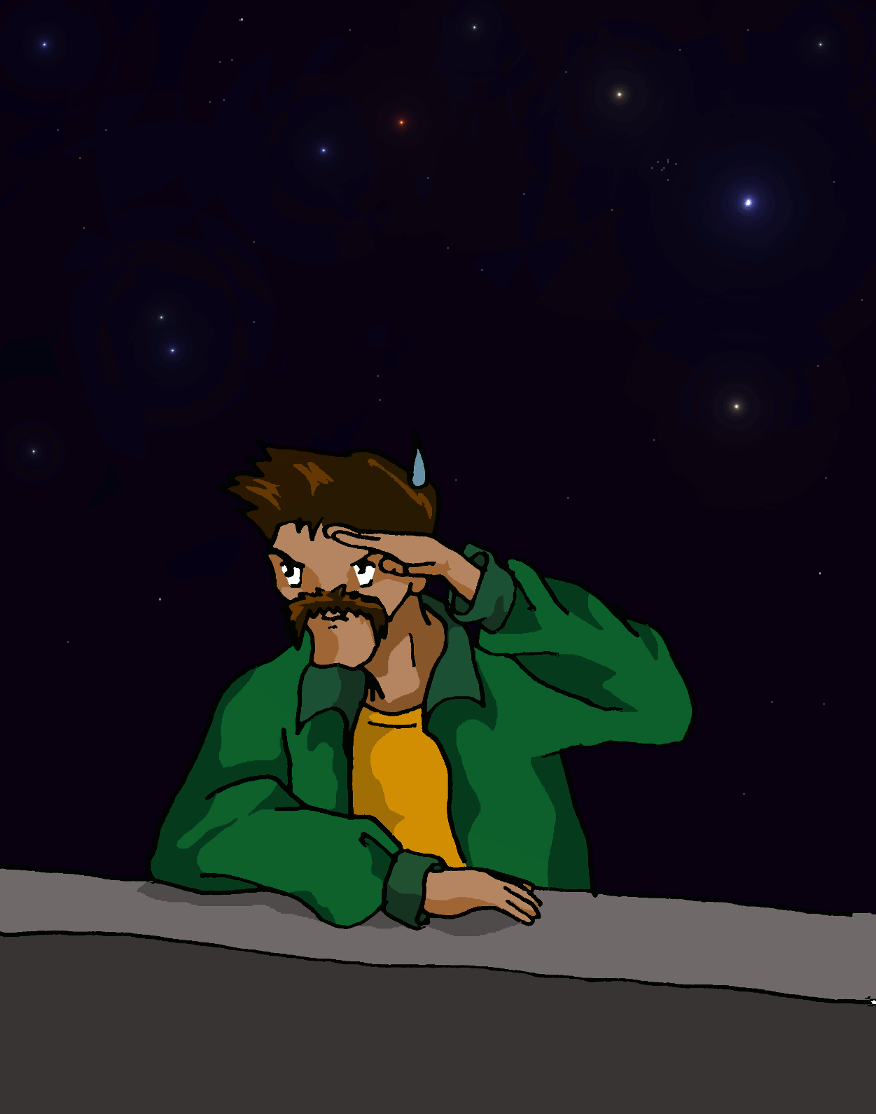 Here's a little something to serve as a practical guide to observing meteors. I hope you enjoy it.
Here's a little something to serve as a practical guide to observing meteors. I hope you enjoy it.1. During a meteor shower be sure to observe in a dark site. The darker the site the better the visibility for meteors. Observing near city lights or during a bright phase of the moon will limit your visibility. However, make sure that the dark site is secure.

2. Know where to look. Meteor showers are named after their apparent source or radiant. Look for meteors away from the proximity of the radiant. Using star charts may be helpful.
3. Grab a mat or reclining chair so you can observe the meteors with ease. You may end up with a stiff neck if you don't.

4. Use insect repellents. You want to be counting meteors and not counting bites or swatting at elusive mosquitoes.

5. Check the weather forecast prior to a scheduled observation. The last thing you want is to waste your time waiting for clouds to clear up.
*PS. If you have other things you want me to add, feel free to comment :)





